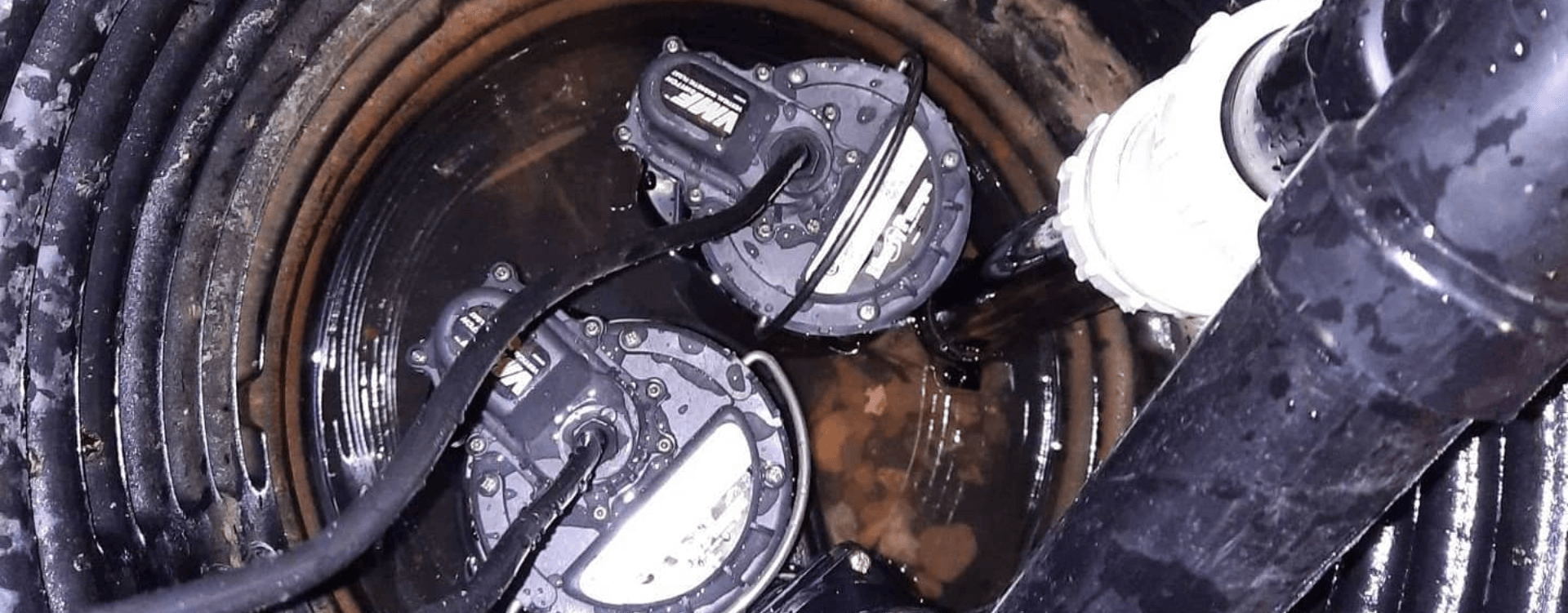It is easy to assume that people know where a septic tank and/or the weeping bed is on their property. However, it may not always be simple. If you are a guest in someone’s home and something happens, it may not be something you know. Here is some advice to help you locate your septic tank and weeping bed.
What to look for
A septic tank is a chamber-based underground, designed for sewage to flow through. Typically, it will be made from concrete, fiberglass, or concrete. The weeping bed is an area of soil where the perforated pipes of the sewage system are buried just below. It is important to be careful around weeping beds as they tend to be the most vulnerable part of any sewage system.
If you own a property, have looked around your property but can’t seem to find the septic tank then you should check the documentation you received when you bought the property. This documentation should include the location of the septic tank and weeping bed.
In some cases, the property may be so old that it does not have the necessary documentation (or the original documentation was lost). One alternative is to contact your local county health department, as they may well have records of septic systems in the local area. If this doesn’t bring up results, then you can ask if there are any recent survey maps as they may be able to give you a location for your septic tank.
Follow the pipes
If there is no available documentation, then one way you can find your septic tank (or on another property) is by following the pipes. Sewer systems are installed on a line that extends from your home and into the yard, so it is likely you’ll be able to find it by following pipes along a basement or crawl space.
Another way to find the septic tank is to follow along the pipe using a drain snake (it is recommended that you do not attempt to find the septic tank by climbing in yourself).
Alternatively, flushing a transmitter down the toilet will guide you along the system and help you find the tank.
Look for clues
People don’t tend to draw attention to their septic tanks. However, there are often visual clues. For example, they can often be found under driveways or paved surfaces, near trees, or right against the house (though the tank itself needs to be at least five feet away from the property). It is also worth checking under a patio or installed deck.
If you find where the septic tank is, it is also recommended that you draw up a map yourself. It doesn’t have to be artistic or elaborate but it will make it easier to find the septic tank in the future. Furthermore, it can be included with your property documentation so other people can find the septic tank in the future and save them hassle as well.



